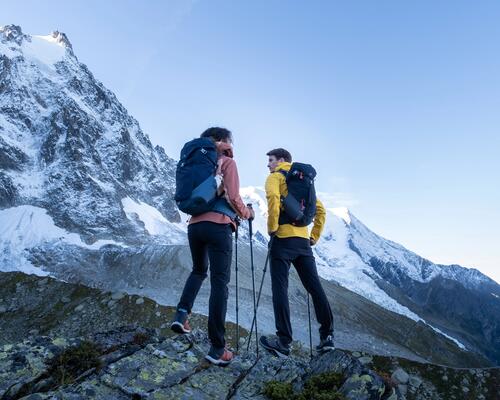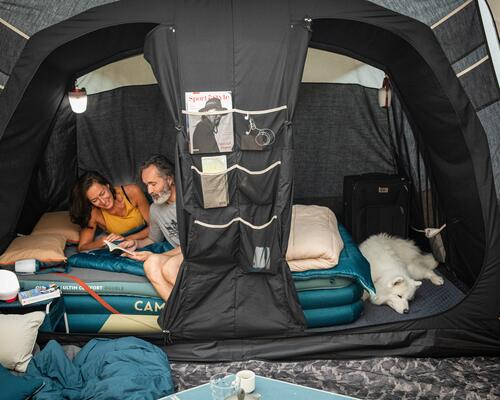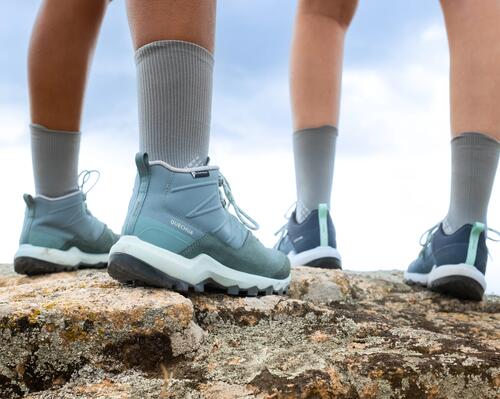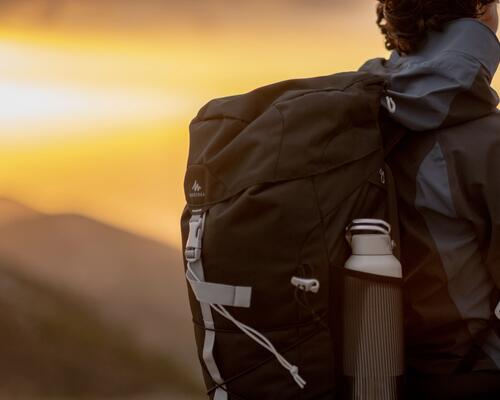What factors should you consider when choosing your extreme-cold-weather gloves?
When choosing your extreme-cold-weather gloves, it's important to take into account certain factors, to ensure you can hike in excellent conditions. In particular, there are three main technical features, which we outline here to help you make the right choice for your needs.
- Thermal insulation: Of course, one of the first features to look out for when you're choosing extreme-cold-weather gloves is thermal insulation. The gloves that you choose must keep your hands warm in all circumstances, whatever the outside temperature may be. The climate will determine whether you choose a pair with more or less insulation. You either want to avoid to the risk of injury or just the unpleasant feeling of being cold. Most pairs of cold-weather gloves have a thermal insulation ranking of between 1 and 5 that is based on outside temperatures. This can help you to choose the right gloves for your needs.
- Waterproof: When temperatures are particularly low, this can also be an indication of bad weather conditions, such as downpours or snow. In this case, it's essential that your gloves are extremely waterproof. In fact, even if your gloves have really good thermal insulation, it will be difficult to keep your hands warm if they are wet.
The waterproof quality of your gloves is directly linked to the material from which they are made. And so, a distinction must be made between water-repellent and waterproof gloves. It's worth noting that water-repellent gloves won't protect you in heavy downpours or snowfalls, whereas waterproof gloves effectively keep out water.
- Windproof: In addition to rain and snow, the wind can also be a real nuisance when you set out on a hike, whether it’s short or one that lasts for several hours. You'll notice that some models of extreme-cold-weather gloves explicitly state that they are windproof, so you can be sure you’ll have warm hands whatever the wind speed and outside temperature.












